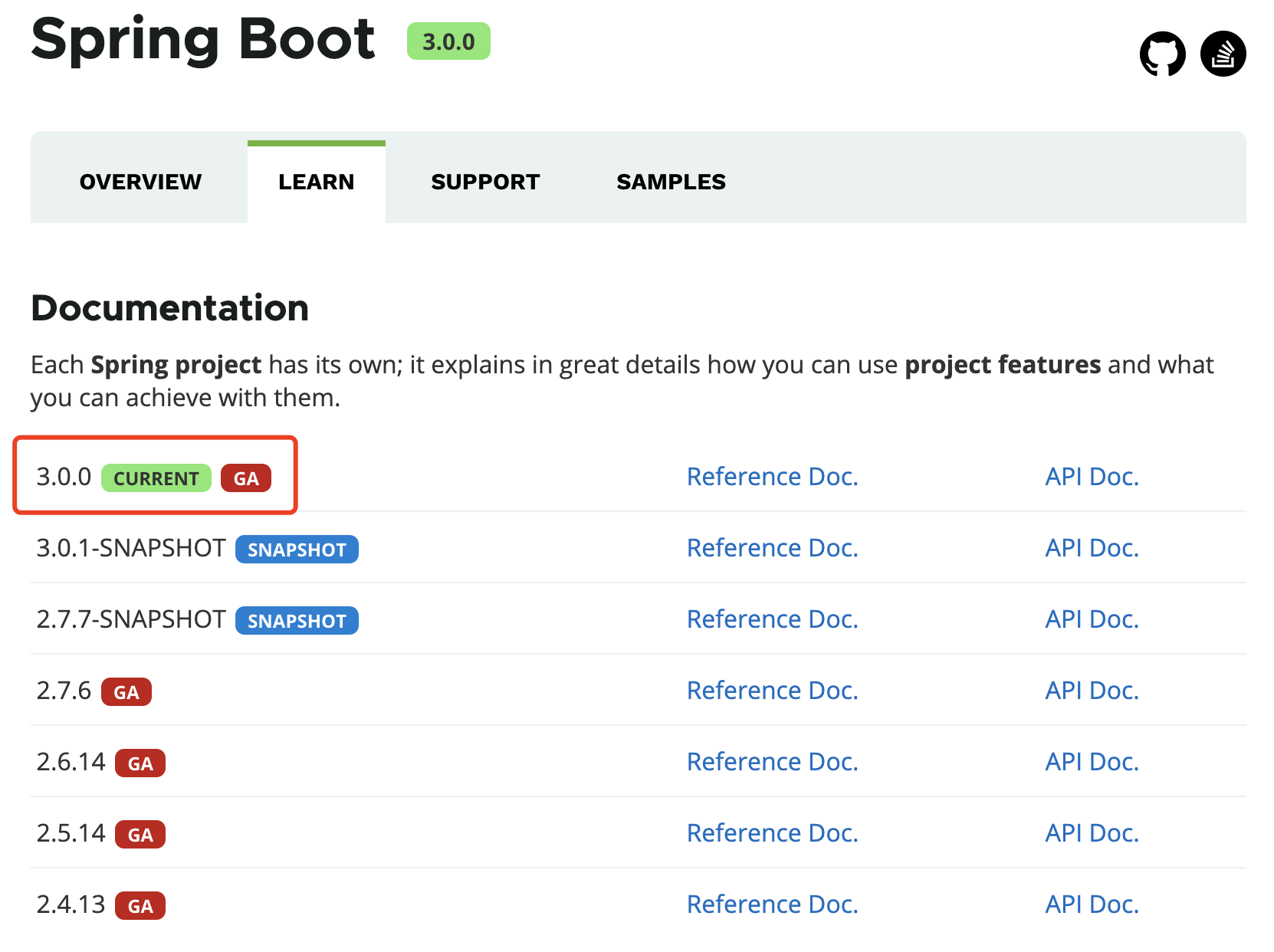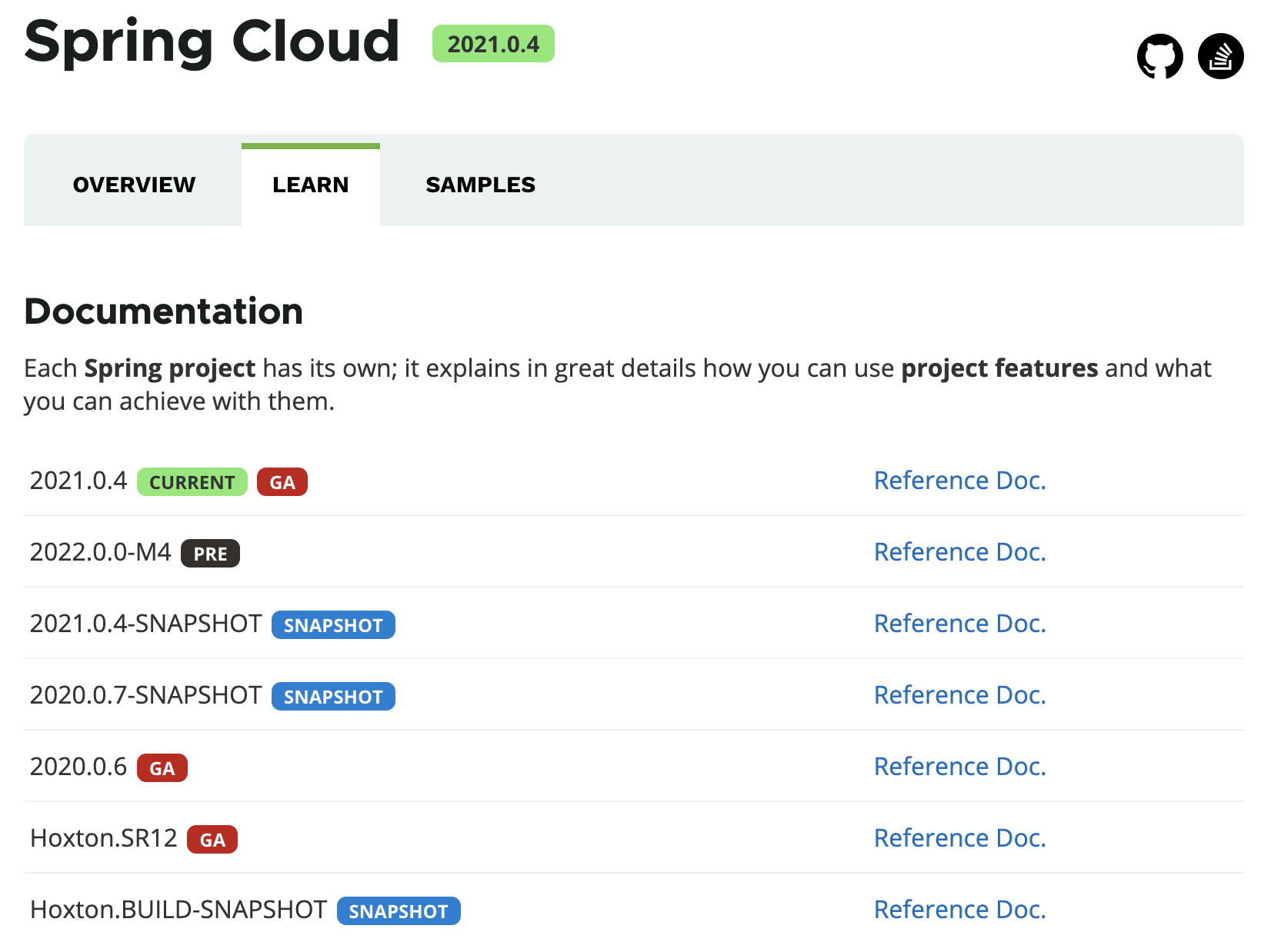之前的文章介绍了《推荐一款接口 API 设计神器!》,今天栈长给大家介绍下如何与优秀的 Spring Boot 框架进行集成,简直不能太简单。
你所需具备的基础
- 告诉你,Spring Boot 真是个牛逼货!
- Spring Boot 核心配置文件详解
- Spring Boot 开启的 2 种方式
- Spring Boot 自动配置原理、实战
- Spring Boot 2.x 启动全过程源码分析
更多请在Java技术栈微信公众号后台回复关键字:boot。
Spring Boot 集成 Swagger
1、添加依赖
Maven依赖示例:
<!-- Swagger -->
<dependency>
<groupId>io.springfox</groupId>
<artifactId>springfox-swagger2</artifactId>
</dependency>
<dependency>
<groupId>io.springfox</groupId>
<artifactId>springfox-swagger-ui</artifactId>
</dependency>
2、在 Spring Boot 配置文件中添加配置参数。
swagger:
title: API标题
description: API描述
version: 1.0
terms-of-service-url: http://www.javastack.cn/
base-package: cn.javastack.test.web
contact:
name: Javastack
url: http://www.javastack.cn/
email: admin@javastack.cn
3、添加配置类
@Getter
@Setter
@Configuration
@EnableSwagger2
@ConditionalOnClass(EnableSwagger2.class)
@ConfigurationProperties(prefix = "swagger")
public class SwaggerConfig {
/**
* API接口包路径
*/
private String basePackage;
/**
* API页面标题
*/
private String title;
/**
* API描述
*/
private String description;
/**
* 服务条款地址
*/
private String termsOfServiceUrl;
/**
* 版本号
*/
private String version;
/**
* 联系人
*/
private Contact contact;
@Bean
public Docket api() {
return new Docket(DocumentationType.SWAGGER_2)
.apiInfo(apiInfo())
.select()
.apis(RequestHandlerSelectors.basePackage(basePackage))
.paths(PathSelectors.any())
.build();
}
private ApiInfo apiInfo() {
return new ApiInfoBuilder()
.title(title)
.description(description)
.termsOfServiceUrl(termsOfServiceUrl)
.version(version)
.contact(contact)
.build();
}
}
如何使用
Swagger 默认会根据配置的包,扫描所有接口并生成对应的 API 描述和参数信息,但这样不是很直观,需要对每个接口和参数进行自定义描述。
常用的 Swagger 注解如下。
注解名称 | 使用说明
@Api | 描述一个 API 类
@ApiImplicitParam | 描述一个请求参数
@ApiImplicitParams | 描述一组请求参数
@ApiModel | 描述一个返回的对象
@ApiModelProperty | 描述一个返回的对象参数
@ApiOperation | 描述一个 API 方法
@ApiParam | 描述一个方法的参数
@ApiResponse | 描述一个请求响应
@ApiResponses | 描述一组请求响应
使用示例如:
@Api(description = "登录模块")
@RestController
public class LoginController {
@ApiOperation(value = "登录", httpMethod = "POST")
@ApiImplicitParams({
@ApiImplicitParam(name = "username", value = "用户名", dataType = "string", paramType = "query"),
@ApiImplicitParam(name = "password", value = "密码", dataType = "string", paramType = "query")})
@PostMapping(value = "/login")
public Object login(@RequestParam("username") String username, @RequestParam("password") String password) {
// ...
}
}
http://localhost:8080/swagger-ui.html
打开 swagger-ui 界面,可以看到所有的 API 接口定义,也可以在上面发起接口测试。
好了,今天的分享就到这里,更多 Spring Boot 文章正在撰写中,关注Java技术栈微信公众号获取第一时间推送。
在公众号后台回复:boot,还能获取栈长整理的往期 Spring Boot 教程,都是实战干货,以下仅为部分预览。
- Spring Boot 读取配置的几种方式
- Spring Boot 如何做参数校验?
- Spring Boot 最核心的 25 个注解!
- Spring Boot 2.x 启动全过程源码分析
- Spring Boot 2.x 新特性总结及迁移指南
- ……
本文原创首发于微信公众号:Java技术栈(id:javastack),转载请原样保留本信息。
声明:本站所有文章,如无特殊说明或标注,均为本站原创发布。任何个人或组织,在未征得本站同意时,禁止复制、盗用、采集、发布本站内容到任何网站、书籍等各类媒体平台。如若本站内容侵犯了原著者的合法权益,可联系我们进行处理。




